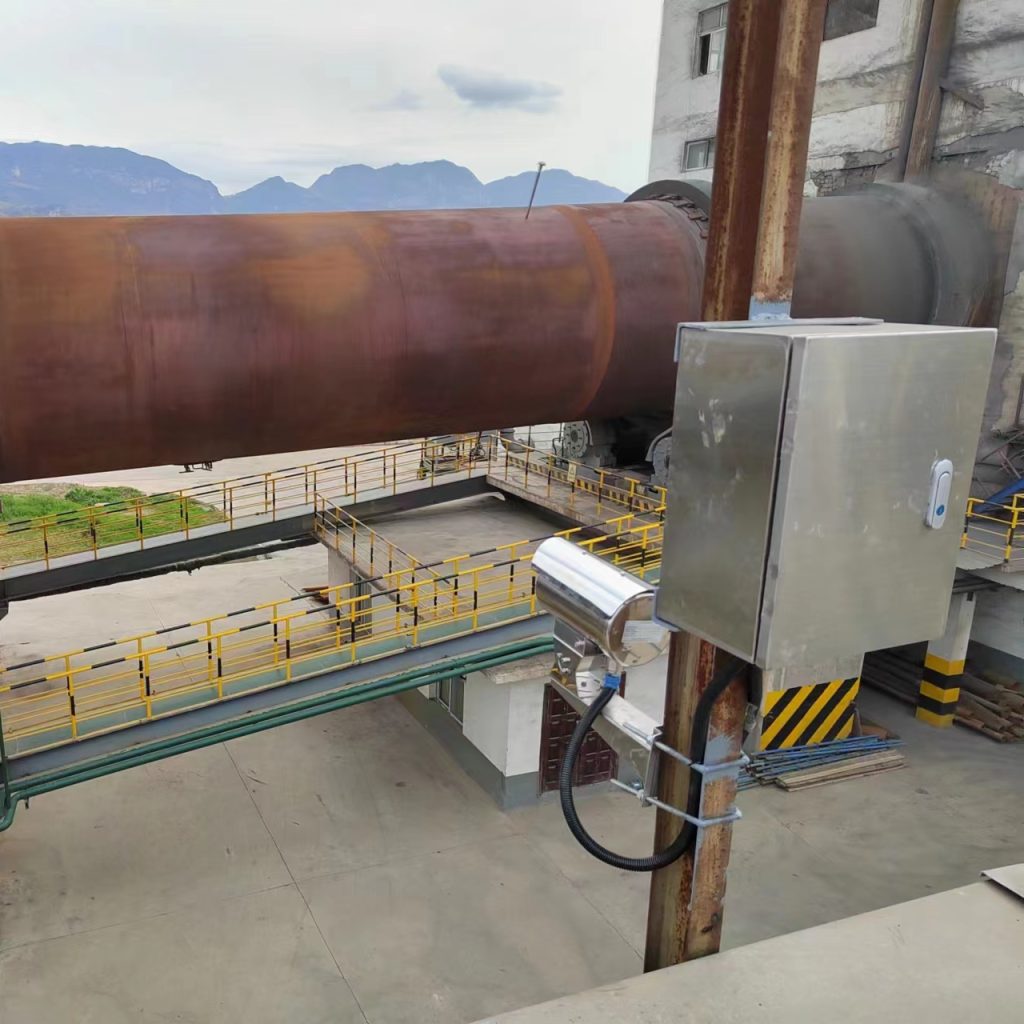Is there a USB webcam with IR / night vision?
Yes, USB webcams with IR/night vision capabilities are available, though they vary significantly in functionality and purpose. Here’s a breakdown of options and how they relate to "USB thermal camera," "USB infrared camera," or "USB IR camera" categories:
Many affordable USB webcams marketed for "night vision" actually use near-infrared (NIR) LEDs and a monochrome sensor. These work by illuminating the scene with invisible NIR light (typically 850nm or 940nm wavelengths), which the camera’s sensor detects in low-light conditions. Examples include models from Logitech (e.g., C920 Pro) or generic USB IR webcams priced between $20–$100.
For actual thermal imaging via USB, specialized devices exist but come at a higher price ($200–$2,000+). These use microbolometer sensors to detect mid-infrared (MIR) radiation (7–14μm wavelengths), converting heat signatures into visual images. Examples include:
-
FLIR One Pro (USB-C version)
-
Seek Thermal CompactPro USB
-
Key Features:
- Thermal Sensing: Detects temperature differences and displays thermal maps (e.g., hotspots).
- Lower Resolution: Consumer models often have 80×60 or 160×120 pixel sensors (vs. professional 640×512).
- Software Integration: Require drivers or apps to visualize thermal data, sometimes with SDKs for development.
-
Relation to Search Terms:
These align with "USB thermal camera" and "USB IR camera" (since they detect infrared heat), but they’re distinct from NIR night vision webcams.
- Infrared Webcam Mods: Some enthusiasts modify standard USB webcams by removing the IR-cut filter, allowing them to detect NIR light (e.g., for astronomy or laser tracking). These are not thermal cameras but can function as "USB infrared cameras" for specific purposes.
- Industrial USB Thermal Cameras: Models like the Optris PI450 use USB for data transfer, targeting R&D or quality control. These are expensive ($5,000+) and require specialized software.
- Cheap USB IR Webcams (NIR): $20–$100. Good for basic night vision, not thermal imaging.
- Entry-Level USB Thermal Cameras: $200–$1,000. Lower resolution, suitable for hobbyists or basic thermal diagnostics.
- Professional USB Thermal Cameras: $1,000–$10,000+. Higher resolution, accuracy, and industrial-grade features.
If you need night vision via IR illumination, consumer USB webcams are affordable and widely available. For true thermal imaging via USB, expect higher costs due to the specialized sensors and technology involved. When searching for "USB thermal camera," "USB infrared camera," or "USB IR camera," always check the specifications to distinguish between NIR night vision (reflected light) and thermal imaging (emitted heat), as they serve different purposes and have vastly different price points.

